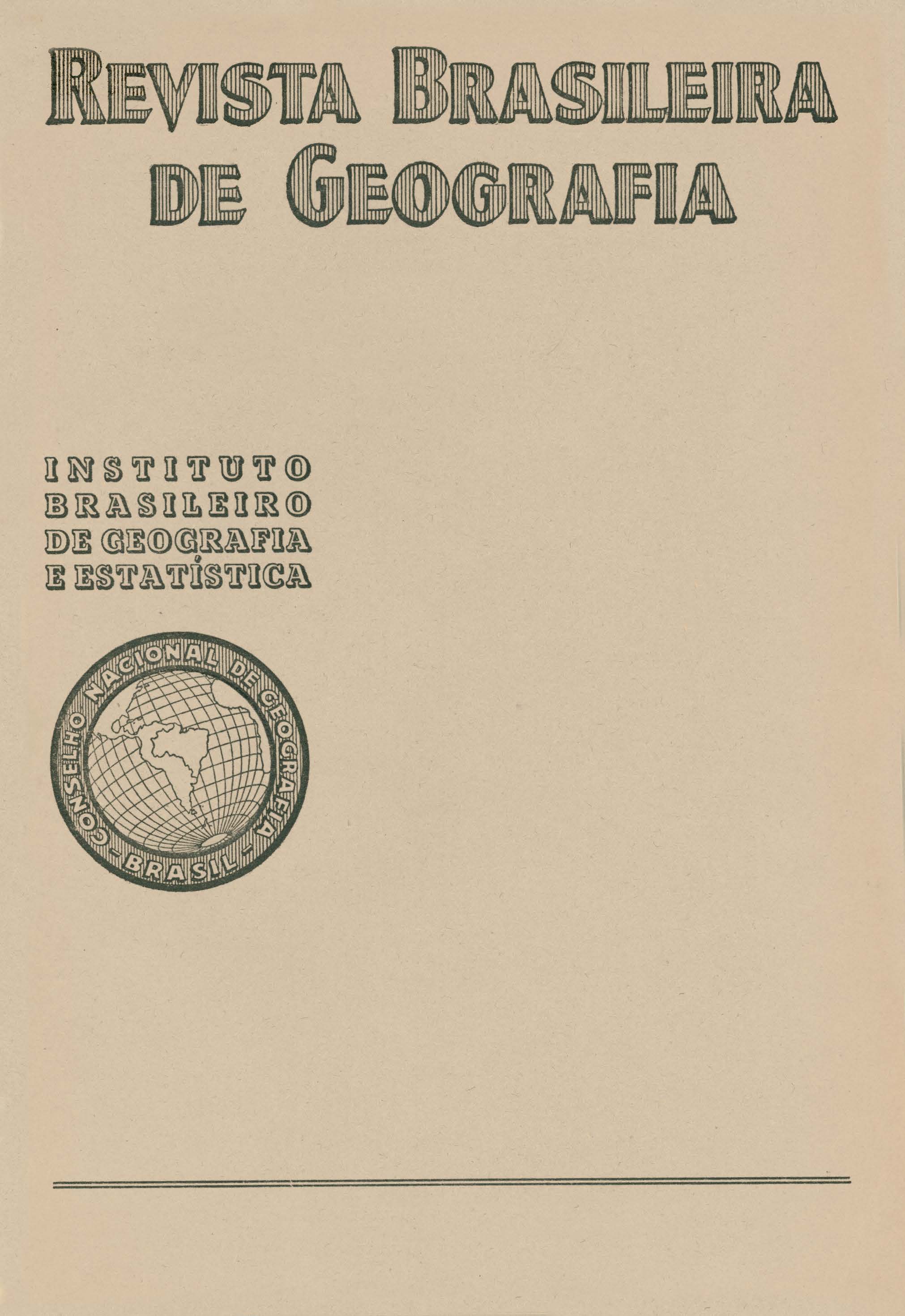Impressões de uma visita à Companhia Ford Industrial do Brasil no Estado do Pará
Keywords:
Amazônia, Pará, Visitas oficiais, BorrachaAbstract
Dr. Gastão cruls, well known author of several studies about the Amazon region, offers in this article. the impressions of his visit to the Ford Industrial company of Brazil, which in the state of Pará, realizes Iarge plantations of caoutchonc (hevea brasiliensis), from which the latex" is chiefly destinated to the Ford industries in United States.
The concession. Holds an extension of 1.000.000 of "hectares"; it is situated in two points at the right border of the Tapajós river, one of which, Belterra is seen near Santarén1 city and the other the Fordilandia, situated north ward.
To the Amazon region untill the end of last century, belonged the world's hemonic caoutchouc production. After the plantations in India, its importance declined. With no symetry in the planting, the trees being sometimes ten yards distant one another, it was difficult to catch the "latex", the product growing so, much more dear.
The planting now realized by the Ford Industrial of Brazil, obeys to the most modern methods of exploration. And yet, the caoutchouc quality is ameliorated by the grafting of an "hevea" of oriental origin. It is curious, says the author, that the brazilian plants should be ameliorated by the descendants of seeds came from the Amazon region and sent to England in 1876.
This grafting is practiced after the plant is one year and half old, and the buds are pulled away from the "specimens" imported from India before the present interdiction. This interdiction, although will not disturb the Company plans, for it disposes already of some hundred feet of this "hevea" in careful treatment.
The cultural treatments are lengthened. The plantations are made in rectangles of 161,88 km2. In each ditch, 5 yards distant one from the other, three seeds are planted. Between the rectangles is left a curtain of bushes that serves as a rampart to the Winds and "queimadas" (forest burnings) of neighborhood. In proper time the selection is done, pulling away the less opponent buds. In 1938 there were already planted in Belterra 2.400.000 of caoutchouc trees and 1.600.000 in Fordiandia, hoping Ford company to plant by year 2.000 "hectares".
In spite of the good sanitary conditions, and the reasonable payment, the Company finds difficulties in arranging workmen. The first salary is of 6$000 the day, but it can attain until 12$000.
The installations of the concession are splendid: hospitals, supplied with modern medical surgical instruments; schools, houses for functionaries and workmen, electric usines, ice fabrics, etc. The photographs that illustrate this article, show the comfort that exist in the concession. Nine millions dollars were already spent and nineteen more are yet to be employed.
Reporting to the personal, the director-manager, Mr. A. Johnston, praises the intelligence of brazilian workman, and Dr. Kenneth Waddel, chief of the sanitary service, assures that he is of strong complexion, the signs of syphilis and alcoholism being lower then what one use to hear about. The author finishes his work, foreseeing that; by its quality and greater proximity to the consuming market - North America - brazilian caoutchouc, will come to its first importance.






